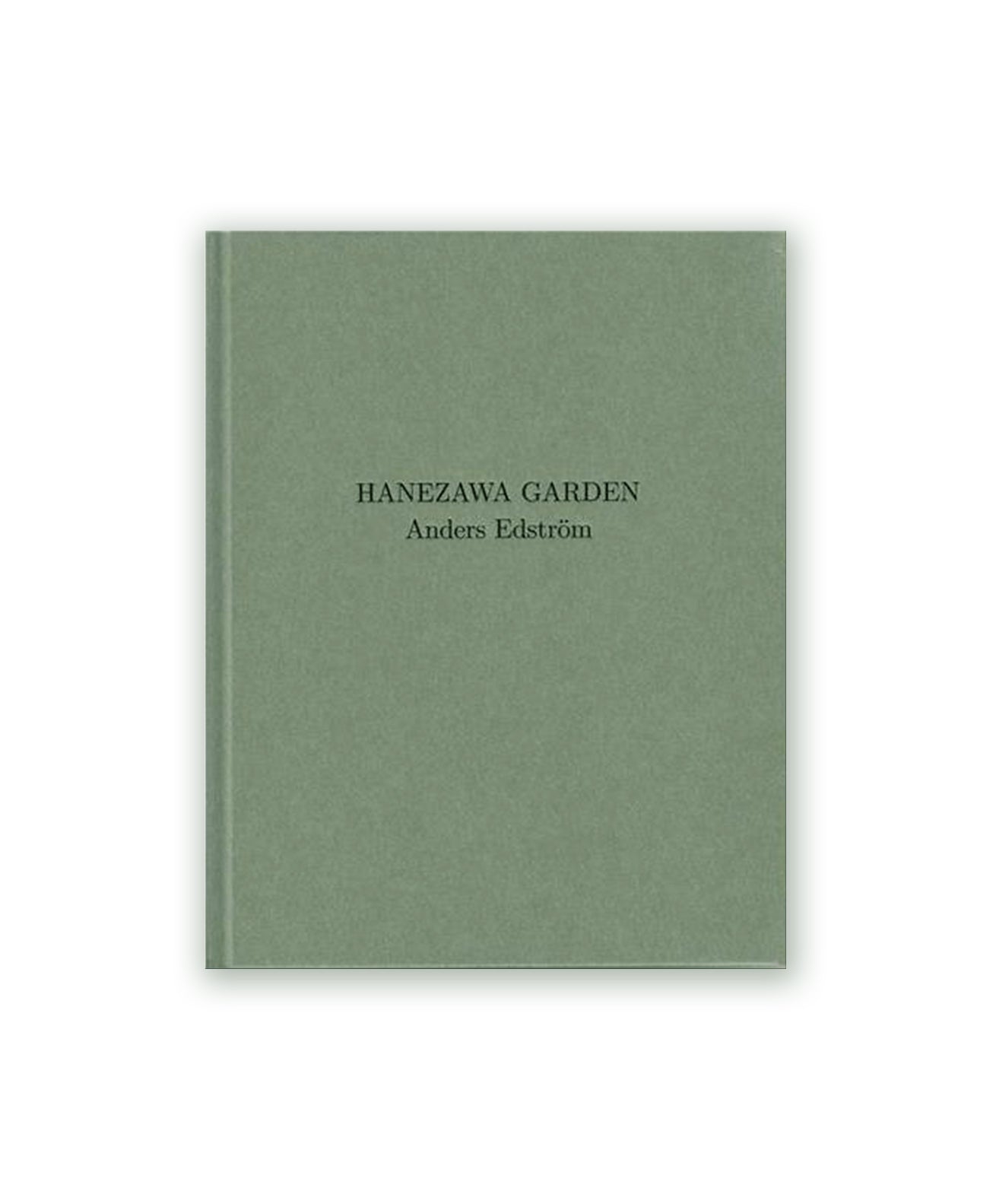EDSTROM ANDERS - Hanezawa Garden
Pickup currently unavailable at 1 rue des Minimes
– Default Title
-
1 rue des Minimes
09709759181 Rue des Minimes
75003 Paris
France
ANDERS EDSTROM
HANEZAWA GARDEN
Published by MACK, 2015
Book size 25.7 x 18.2 cm
Pages 232 pages, 224 images
Binding Hardcover
Language English, Japanese
Hanezawa Garden is an illicit trail through a walled garden in Tokyo, between thick foliage, slender bamboo and semi-inhabited outhouses, their plastic roofs heavy with leaves, as if reclaimed by the jealous trees. The protagonist, like a detective, catalogs the garden obsessively, registering strange and peripheral details: a sealed cardboard box, lingering on a sill, or the receiving body of a workman.
Time is loose, and the seasons slip by. The sightlines through Hanezawa are multiple and mutable, and the assembled images grow in weight through repetition and proximity. The minor characters of this elusive narrative are ordinary objects: a shell, half buried in the soil, whose brief significance is acute and unreadable, before it slips back into entropy. The surfaces, too, are iridescent, ungovernable – garden huts with smeared panes that reflect sky or reveal the bulge of something, vegetating, behind. The windows, like the images themselves, always promise something – a revelation – just out of reach.
Hanezawa Garden was demolished by the real estate developer Mitsubishi Estate in 2012, despite countless attempts by local residence to preserve the house and gardens.
Anders Edström is a Swedish photographer and filmmaker who lives and works in Stockholm. Previous monographs include Waiting some birds a bus a woman and spidernets places a crew (SteidlMACK, 2004) and Safari (Nieves, 2010).
-- statement from the publisher
-----------
Hanezawa Garden is a hidden path through a walled garden in Tokyo, between thick foliage, slender bamboo and semi-inhabited outbuildings, their plastic roofs laden with leaves, as if taken over by the jealous trees. The protagonist, like a detective, obsessively catalogues the garden, recording strange and peripheral details: a sealed cardboard box lingering on a threshold, or the retreating body of a worker.
Time is loose and the seasons flow. The sightlines through Hanezawa are multiple and mutable, and the assembled images gain weight through repetition and proximity. The minor characters in this elusive narrative are ordinary objects: a shell half-buried in the ground, its brief meaning acute and illegible, before collapsing back into entropy. The surfaces are also iridescent and ungovernable—garden sheds with coated glass that reflect the sky or reveal the bulge of something, vegetative, beyond. The windows, like the images themselves, always promise something—a revelation—just out of reach.
Hanezawa Garden was demolished by property developer Mitsubishi Estate in 2012, despite countless attempts by local authorities to preserve the house and gardens.





